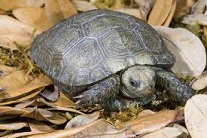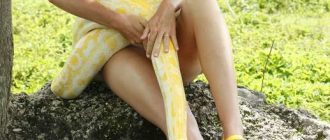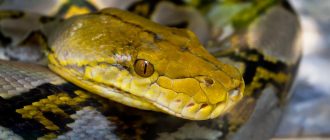Thinking of keeping a Burmese Mountain Tortoise? Here is what you need to know about buying and caring for pet Burmese tortoises…
The Burmese mountain tortoise is the world’s fourth largest land tortoise in the world. It is generally to be bulky specie and can reach weights of around 45.5 kg.
Subspecies
There are two subspecies of the Burmese mountain tortoise, which include the phayerei and the emys emys. The phayerei can easily be distinguished from their cousins, owing to their larger sizes. The emys emys are usually half the size of the phayerei. The difference between the subspecies does not end here, as they are even referred to with two different names. The emeys are known as Burmese brown tortoise while the phayerei are known as Burmese black tortoise. People also refer to them as the tortoise with six legs due to the tubercular scales on their thighs.
Breeding in captivity
It has taken time for man to develop skills that are required to breed the Burmese mountain tortoise. There has been a breeding boom resulting in many tortoises available for reptile enthusiasts. Contrary to common belief, wild tortoises are much harder to keep then those bred in captivity; hence it is a smarter choice to purchase one from a breeder rather than get one captured from the wild.
Why not get a wild tortoise
These reptiles end up losing their appetite when they are captured from the wild and this is one of the easiest detectable medical problems, as a healthy tortoise is a very heavy eater. These tortoises also dehydrate very quickly, especially during shipping and most medicines will not work on a dehydrated tortoise. Hence they will end up really sick and getting their fluid levels back to normal is a tedious process.
Origin of the Mountain Tortoise
These gentle beasts are found in Burma, now Myanmar, Assam and Thailand.
Optimum Temperatures and Humidity
The Burmese mountain tortoise thrives at temperatures of 55F to 85F and prefers high humidity. Although, despite its tolerance for humidity as high as 100%, they like hiding spots as rain and mist both trigger feeding needs. They are active in the evenings and mornings but will almost always be found basking in the hot sun during afternoons.
What they Eat?
Unlike other animals, the Burmese mountain tortoise has a diverse diet that can include clovers, some grass and weeds having broad leaves. They can also eat vegetables, such as cauliflowers, spinach, yams and squashes but are always overeager to consume fruits and worms.
They also need a higher protein intake compared to other tortoises and it is recommended that their food be sprinkled with calcium. If your tortoise will be kept indoors, you should also add vitamin D3 to the calcium. You should be warned that owing to their highly curious nature, they will approach to see what you are doing, especially if you are in their territory and if you do not offer them food, they might try to bite your finger or toe.





